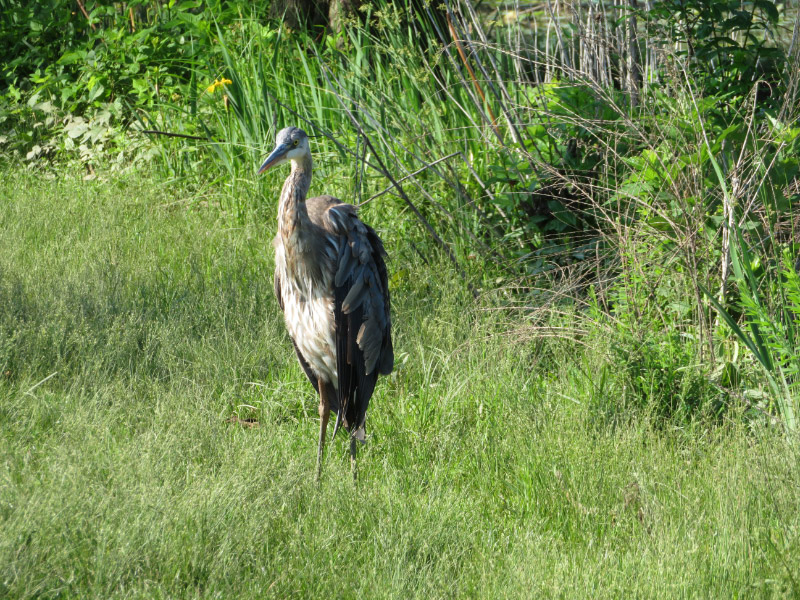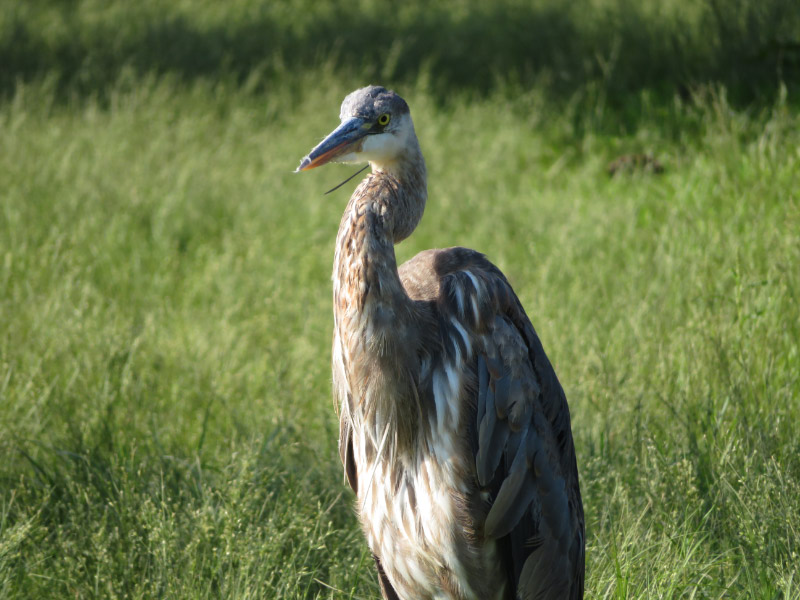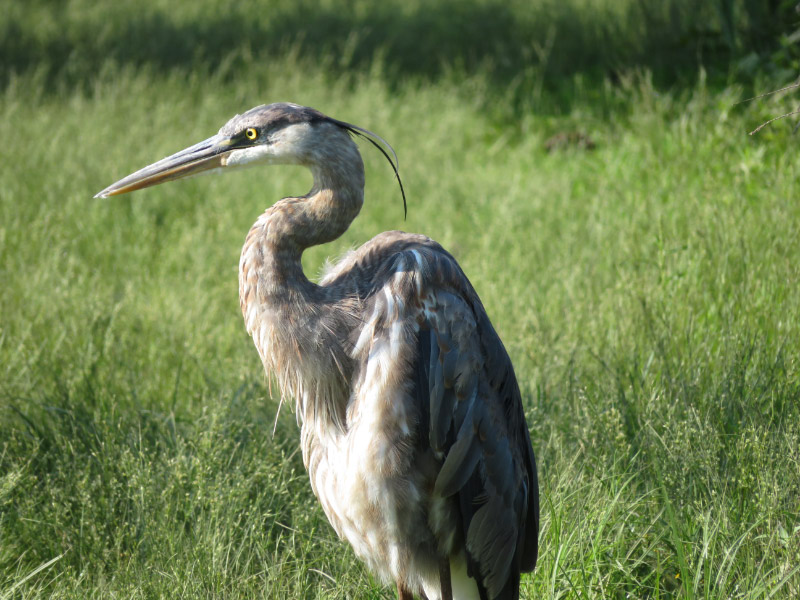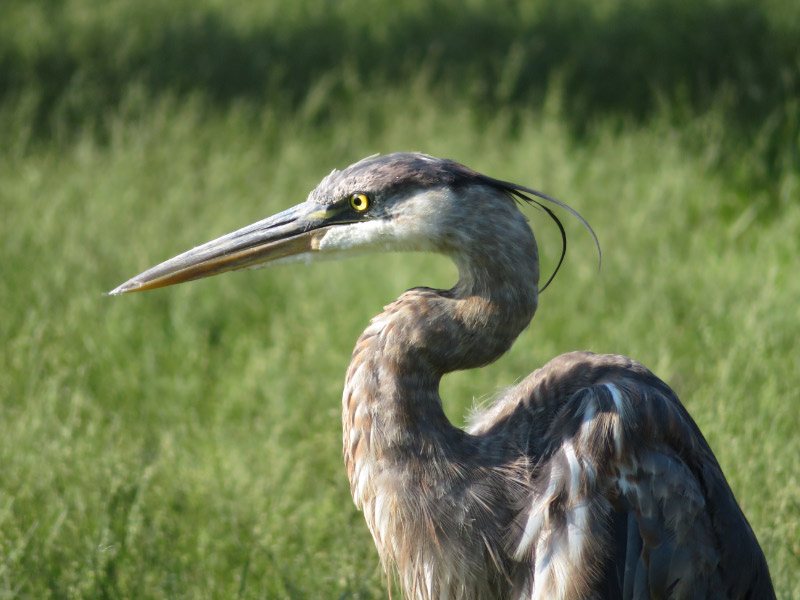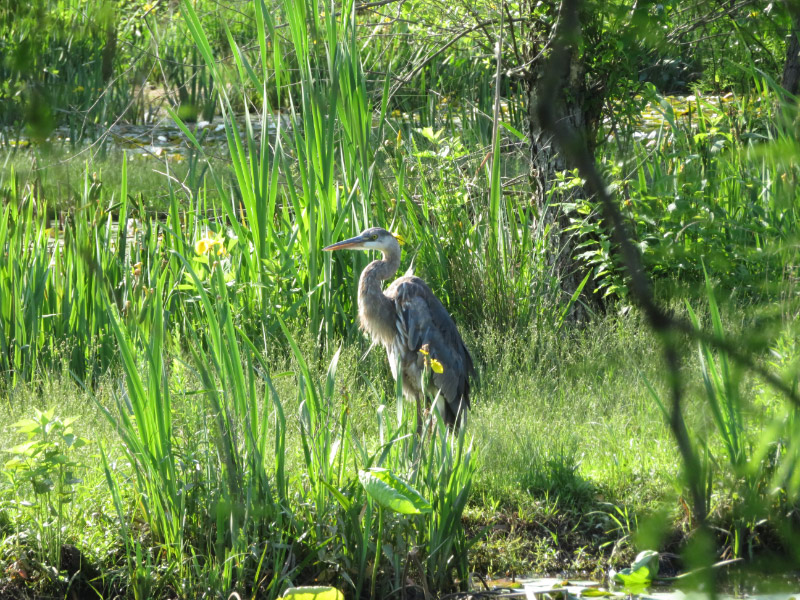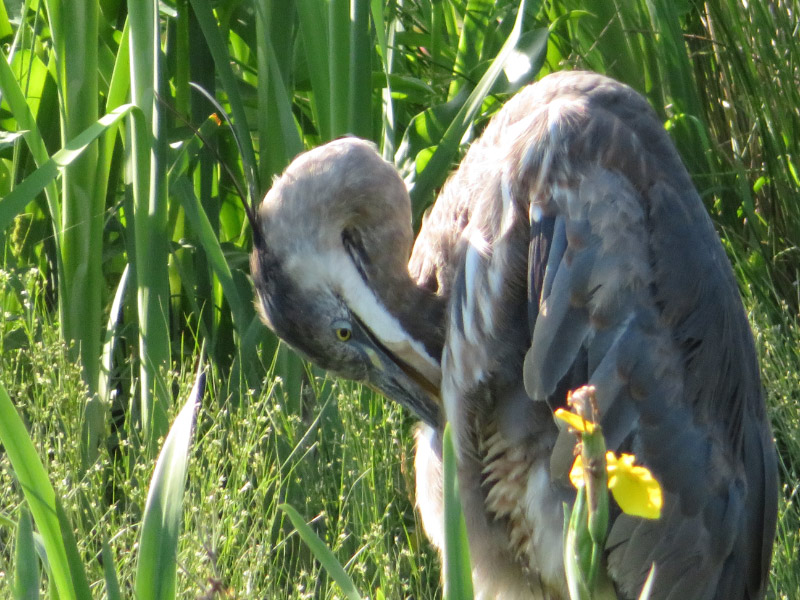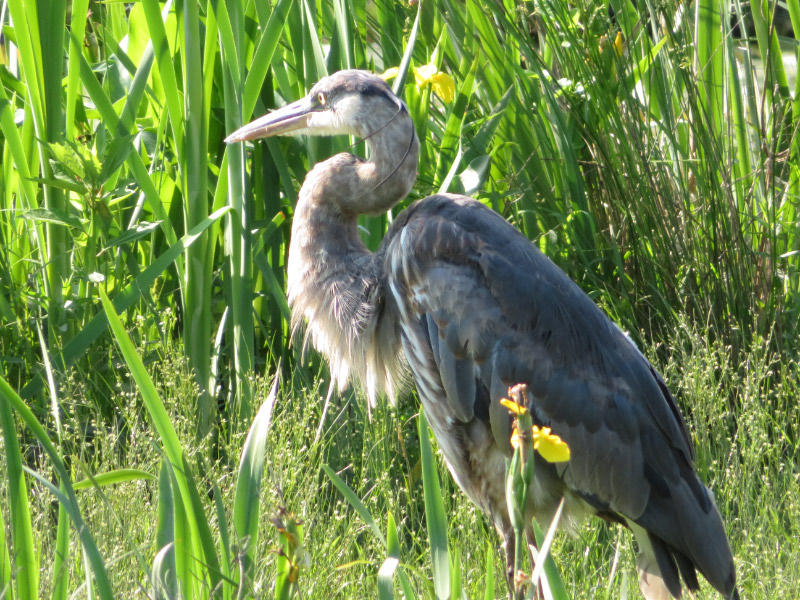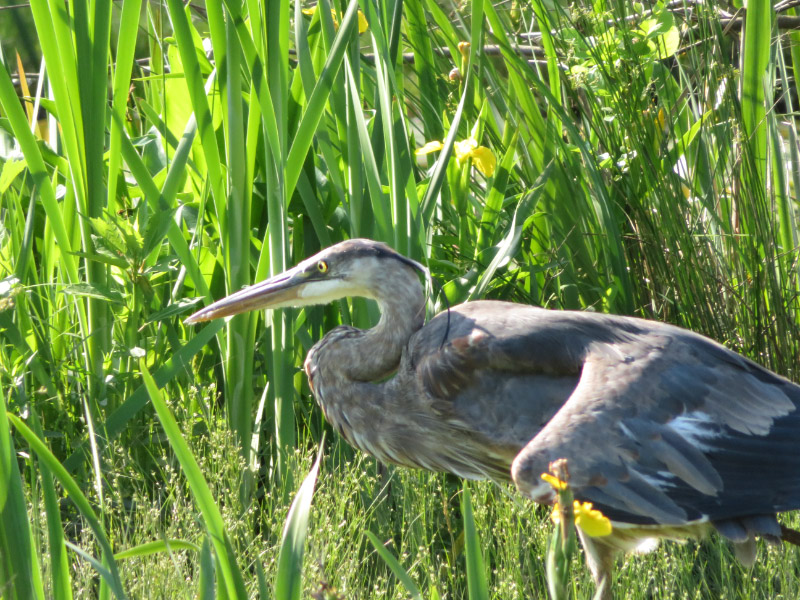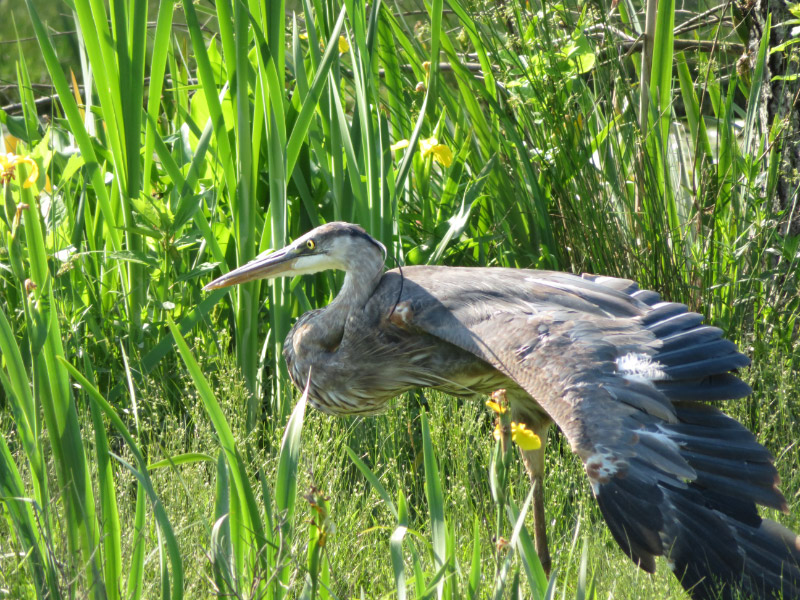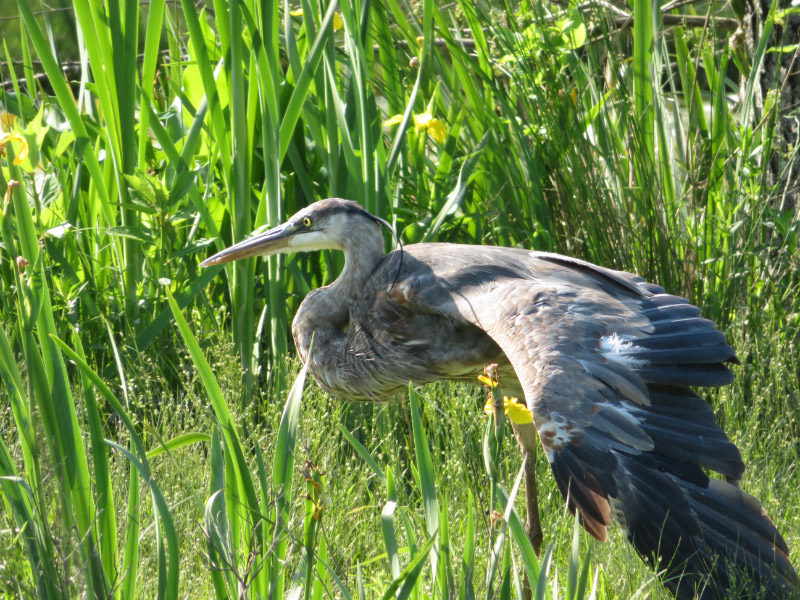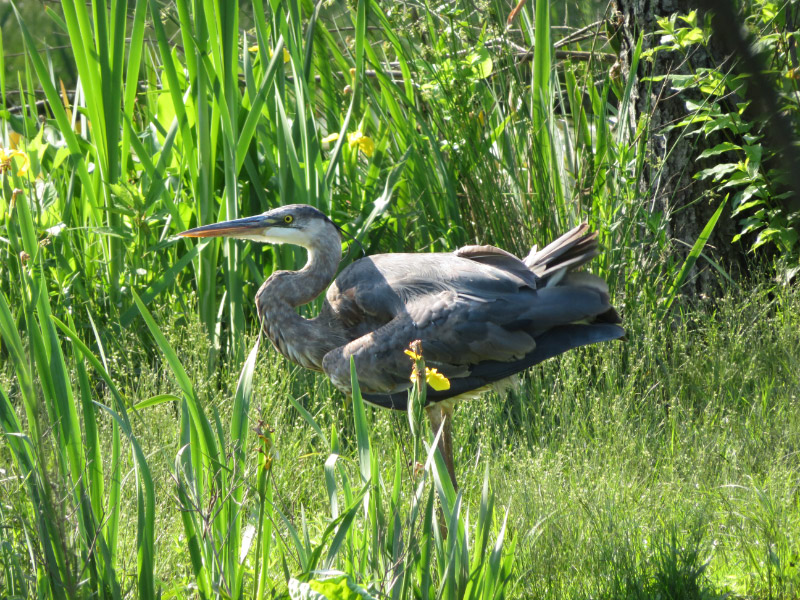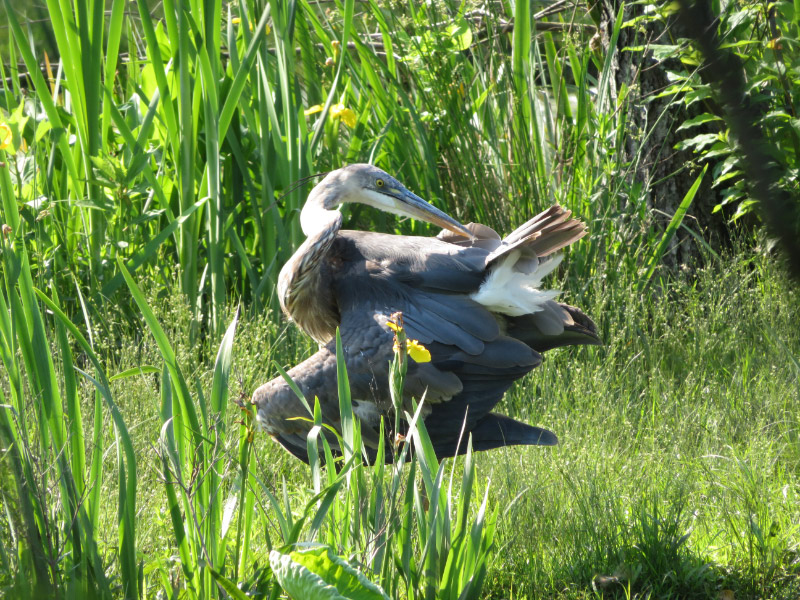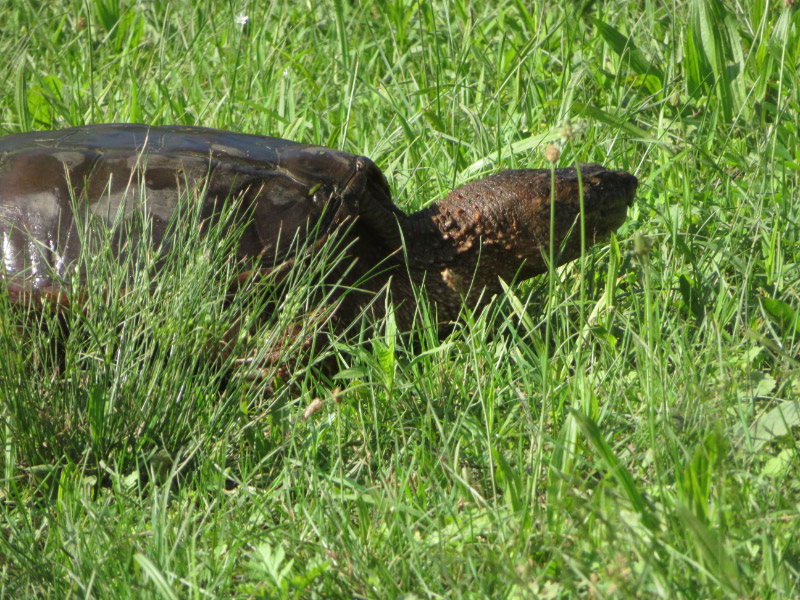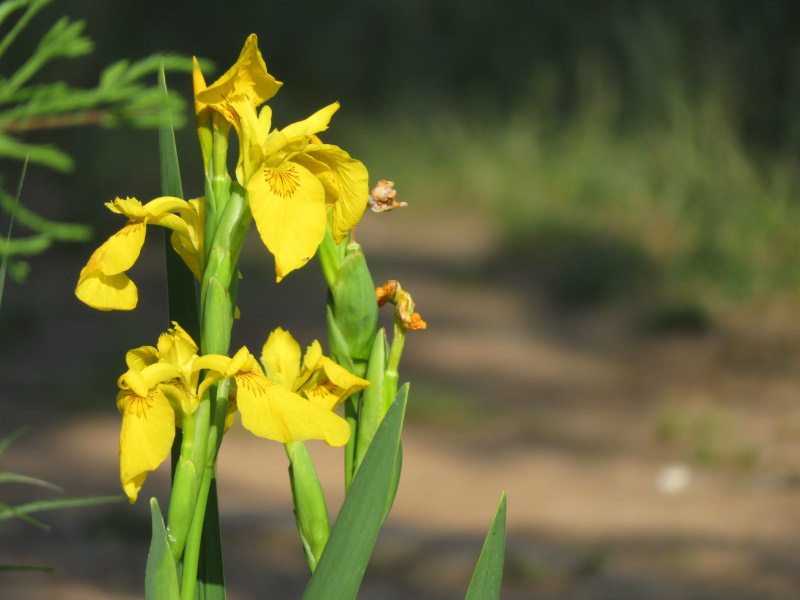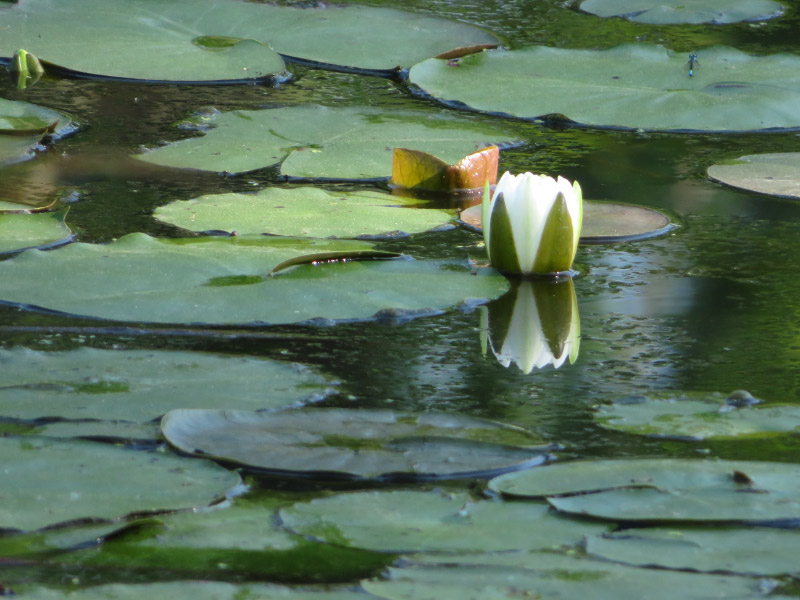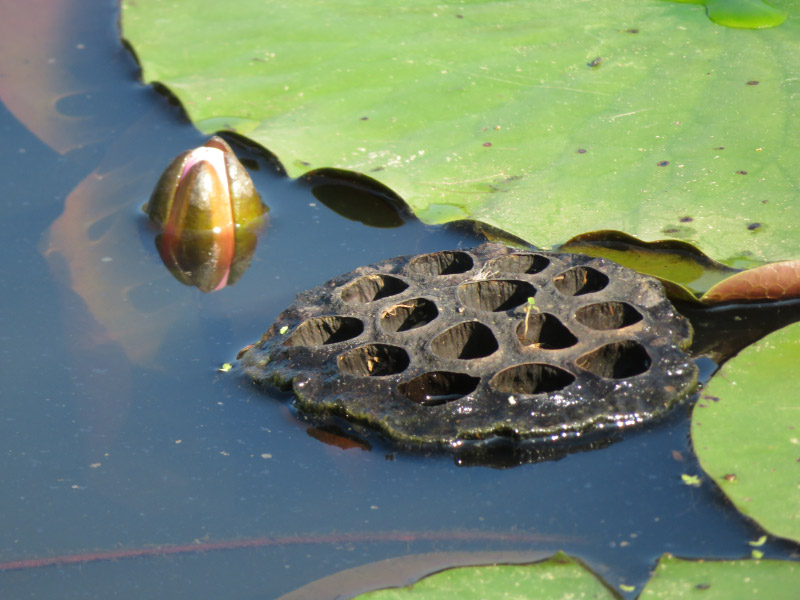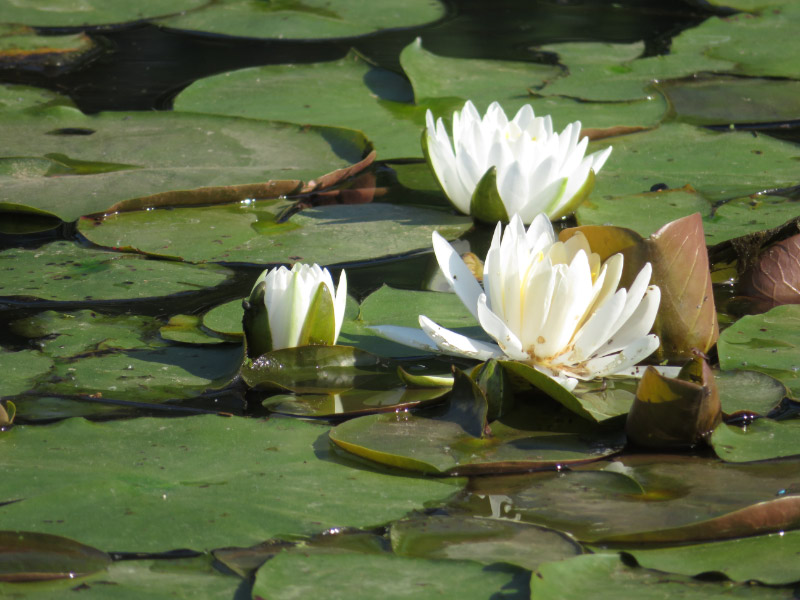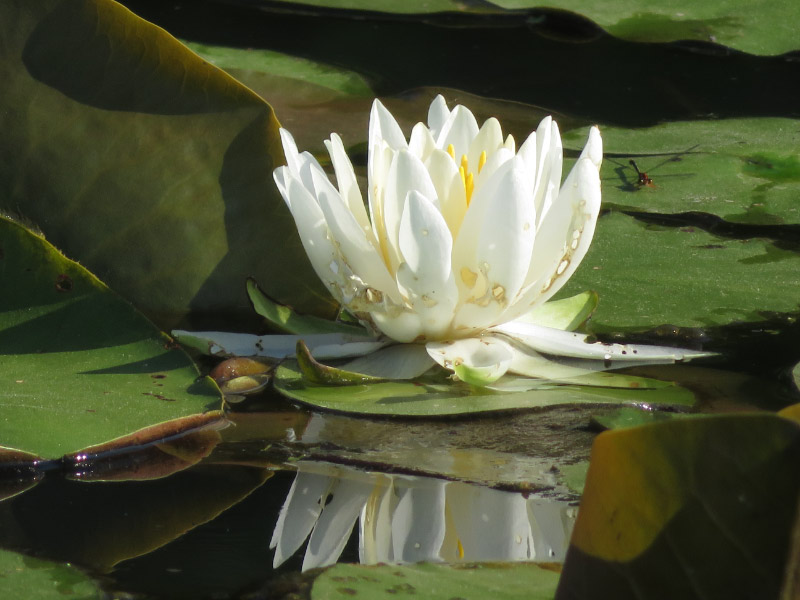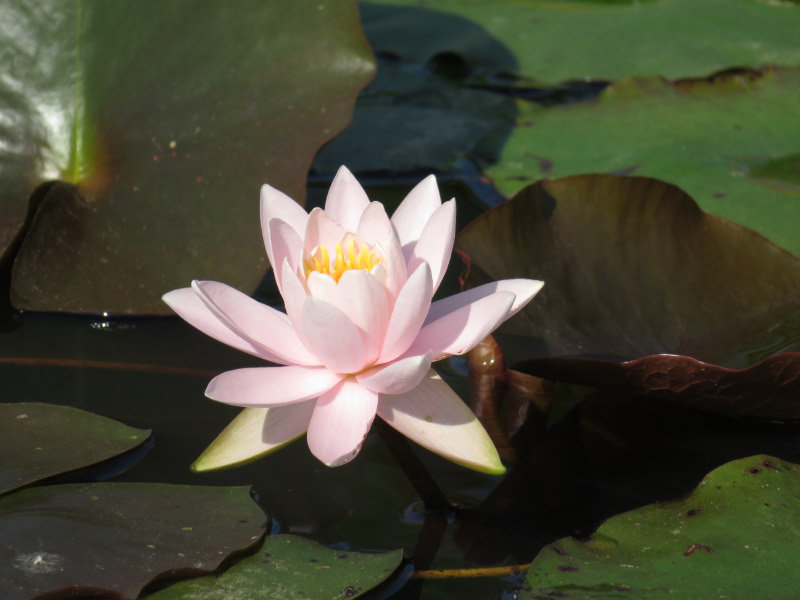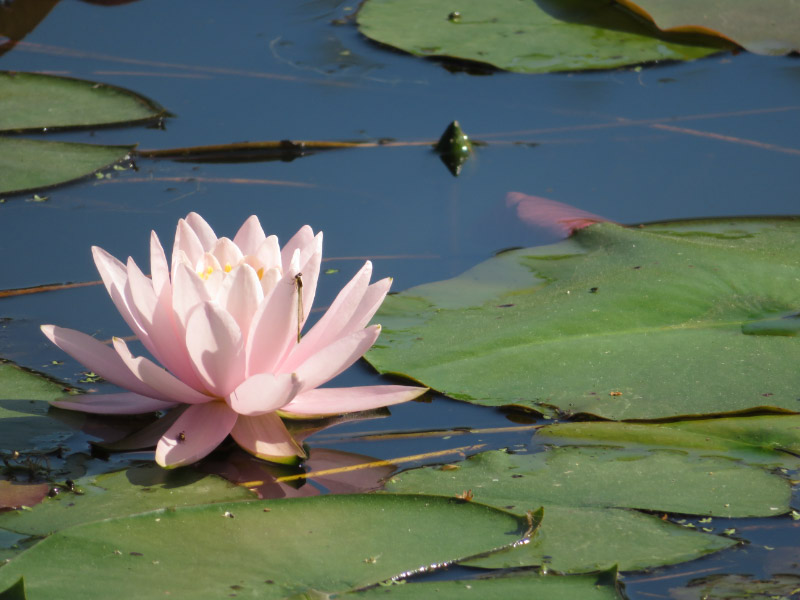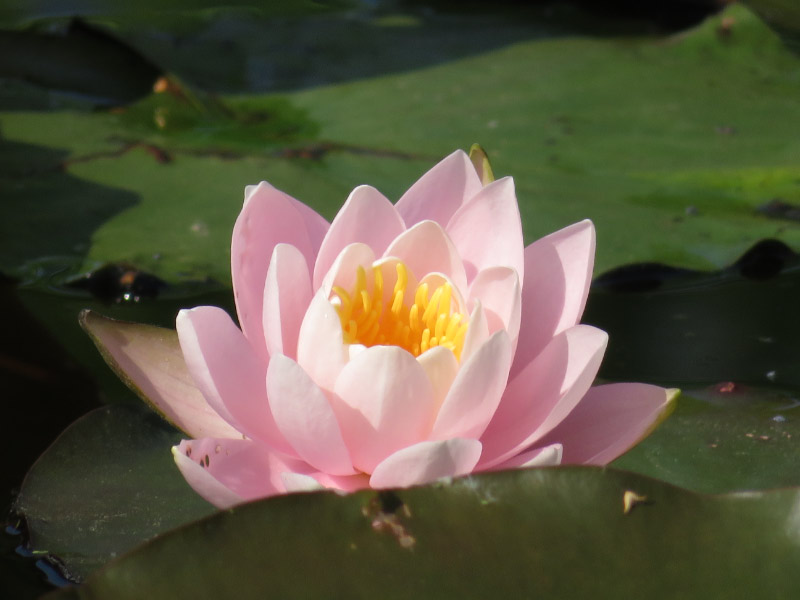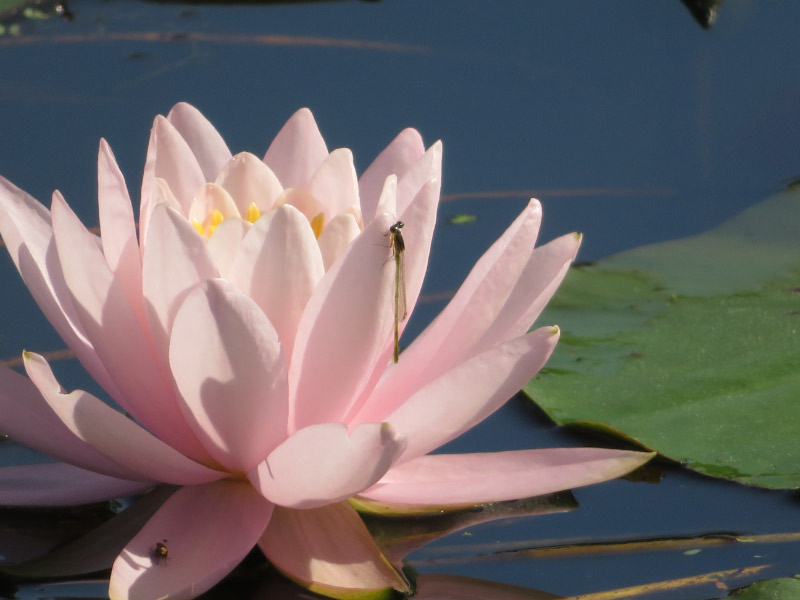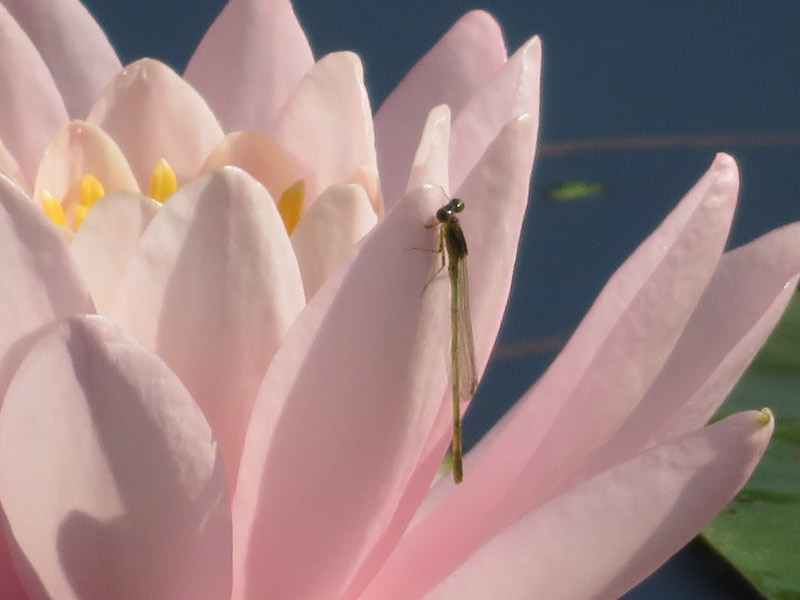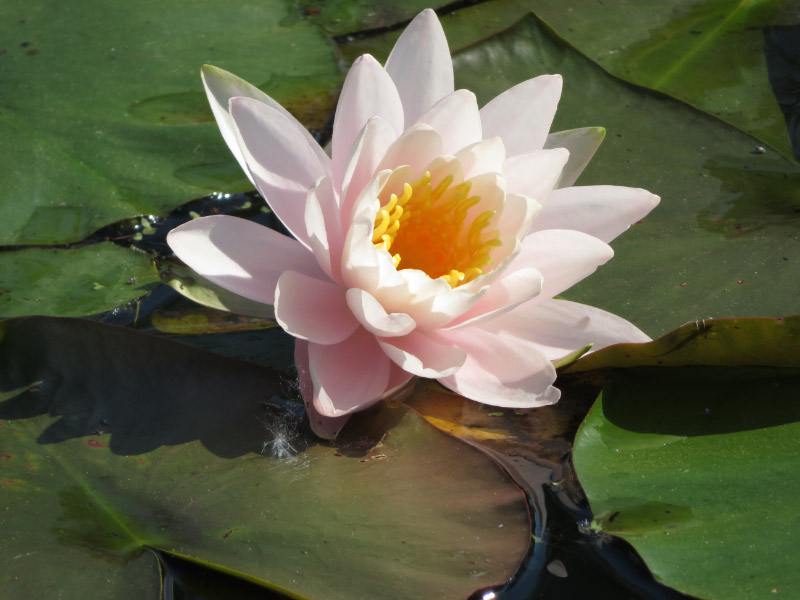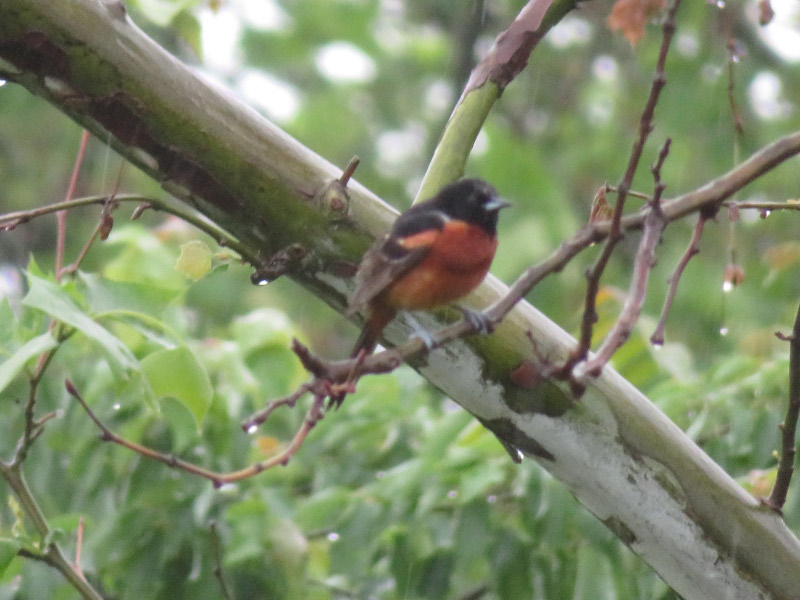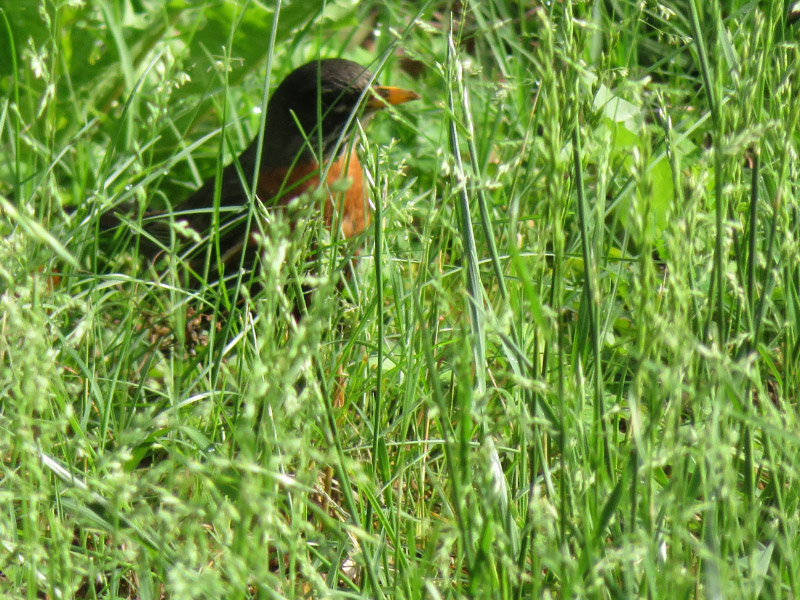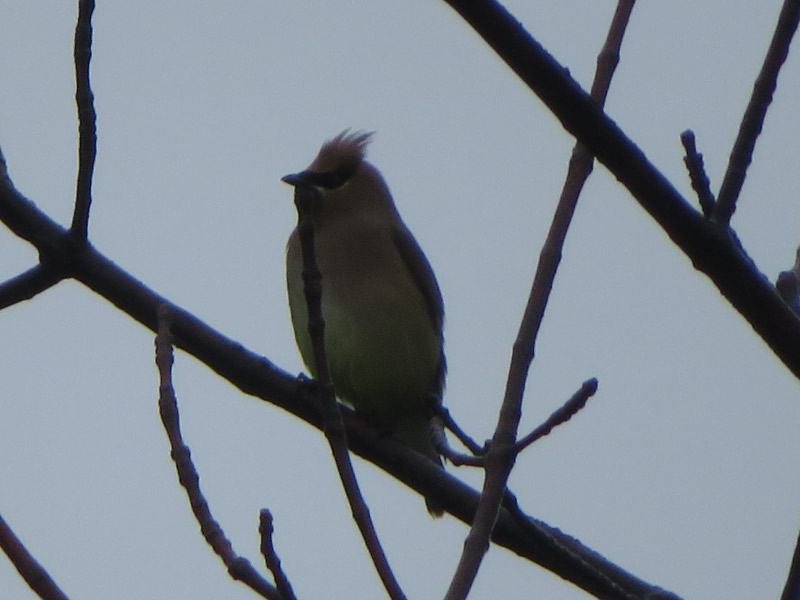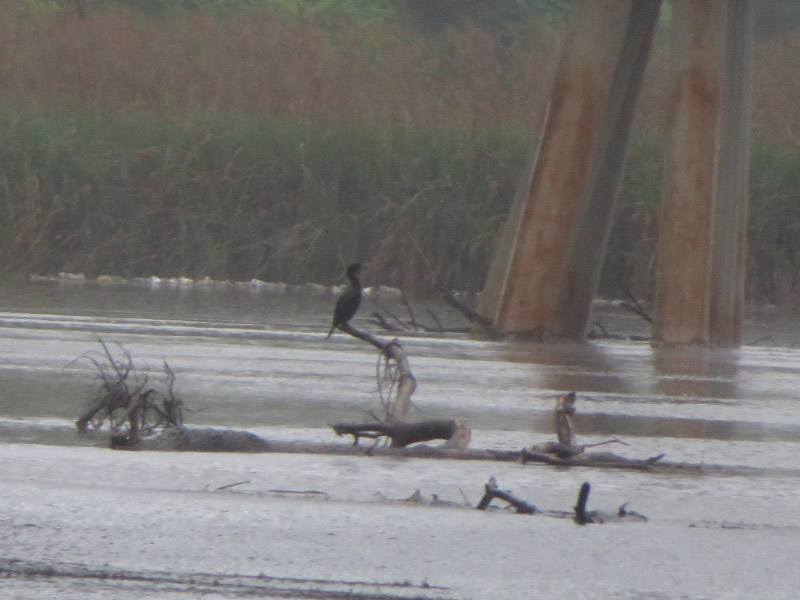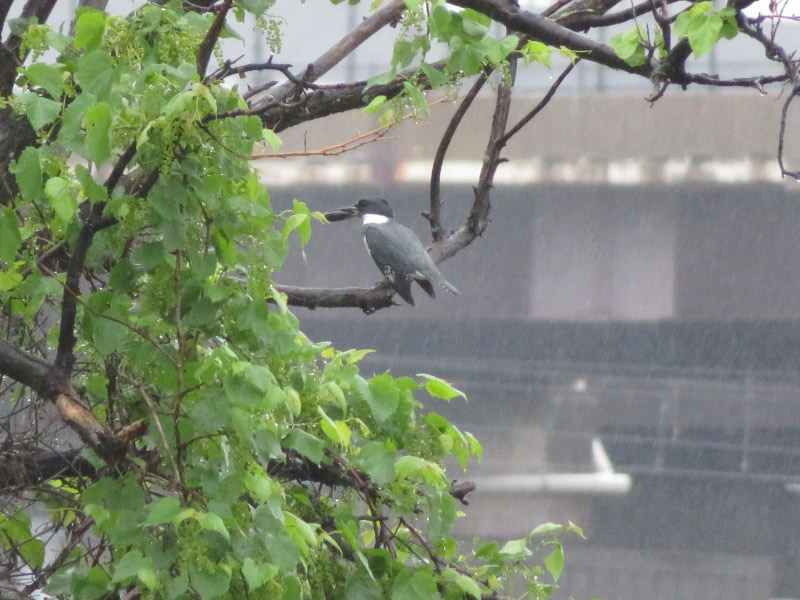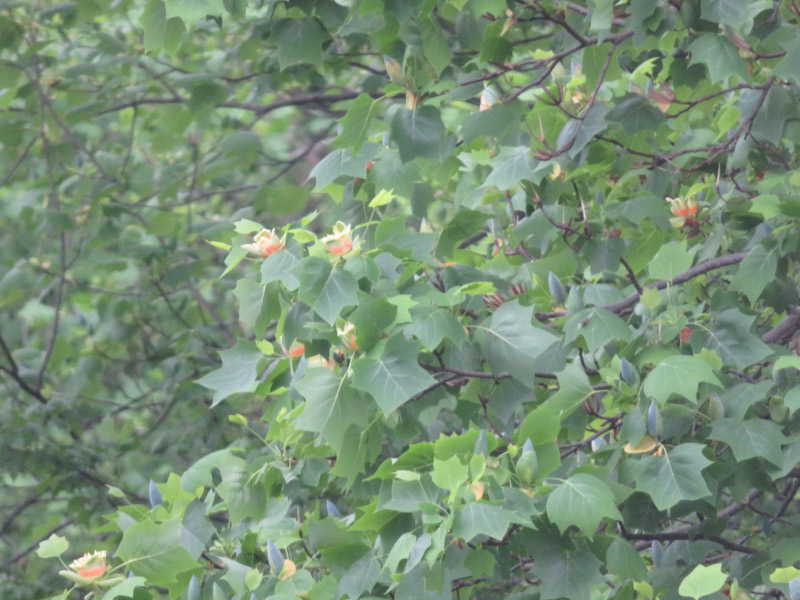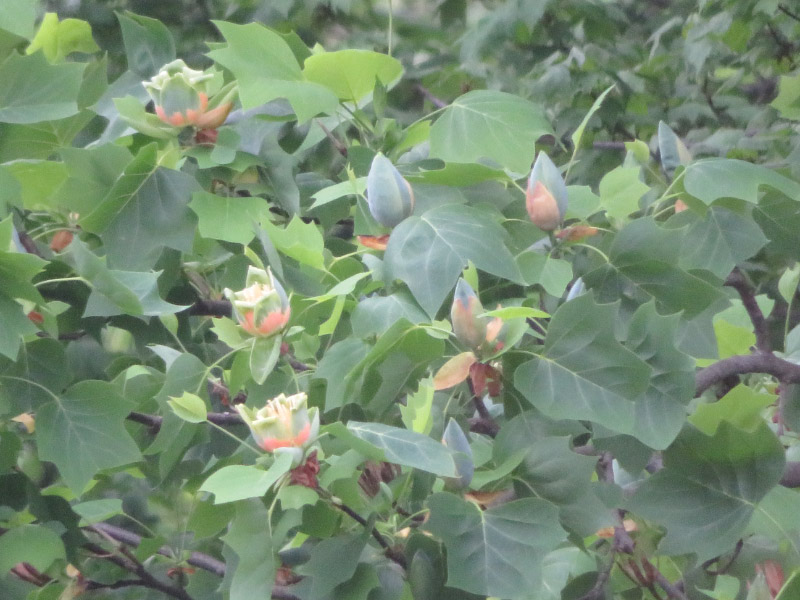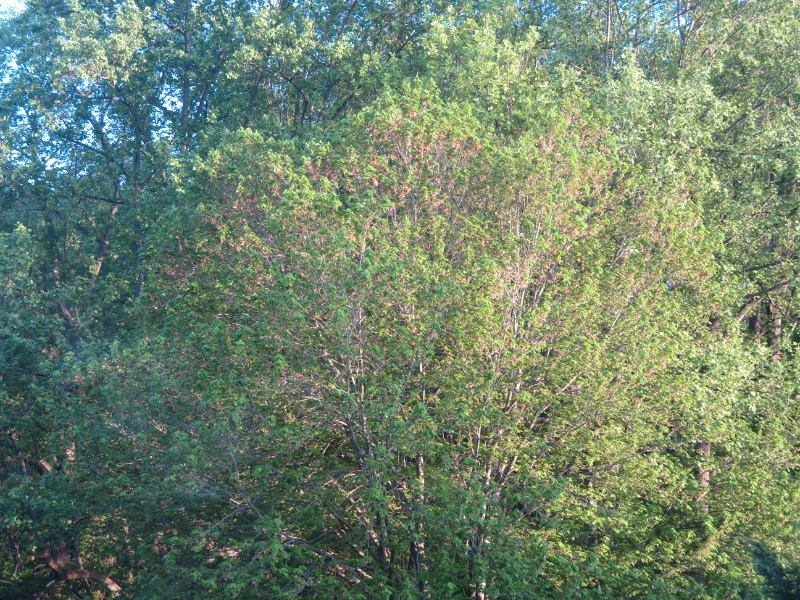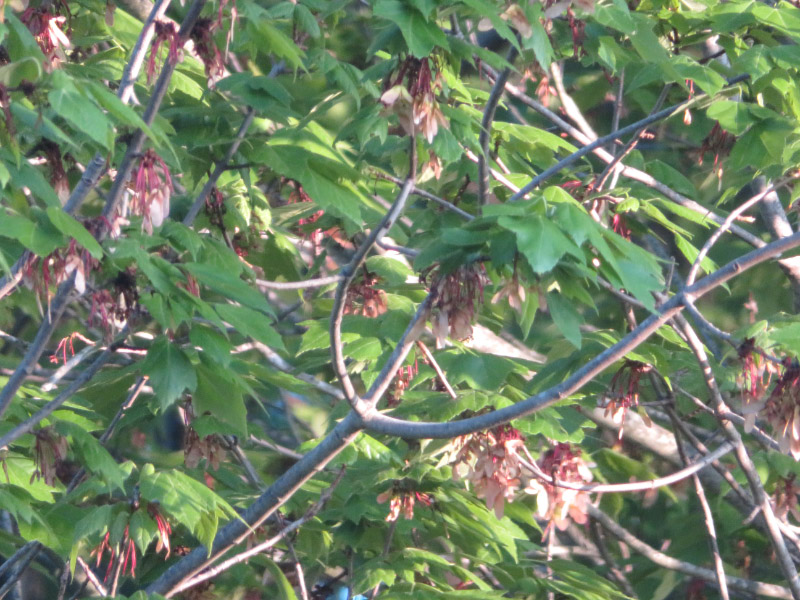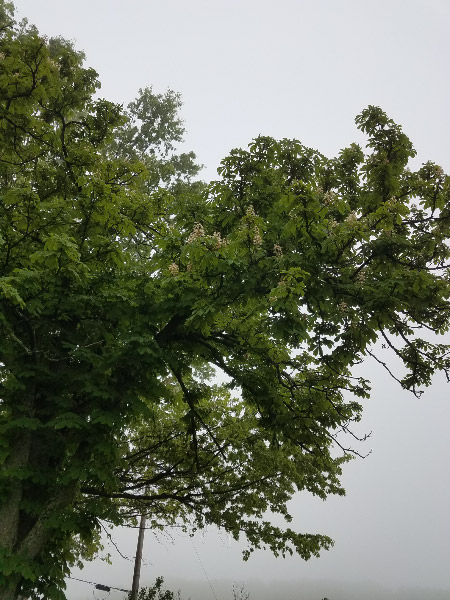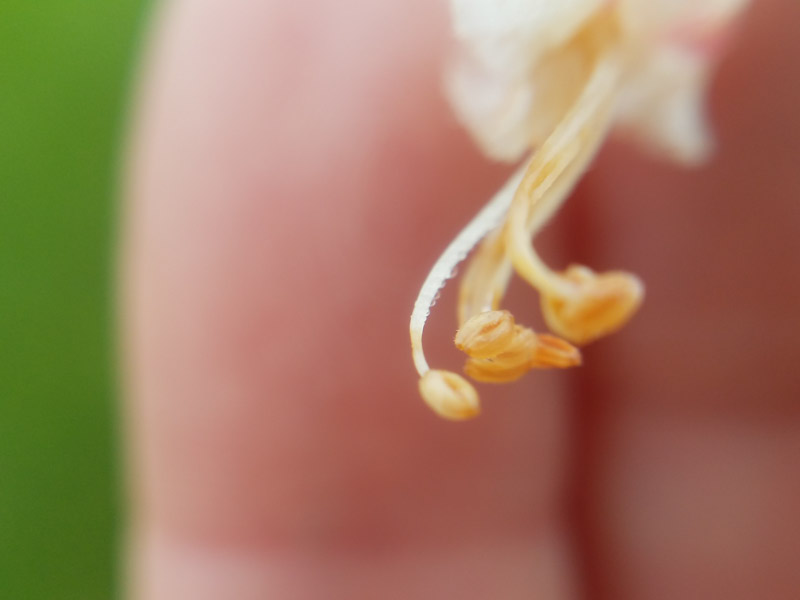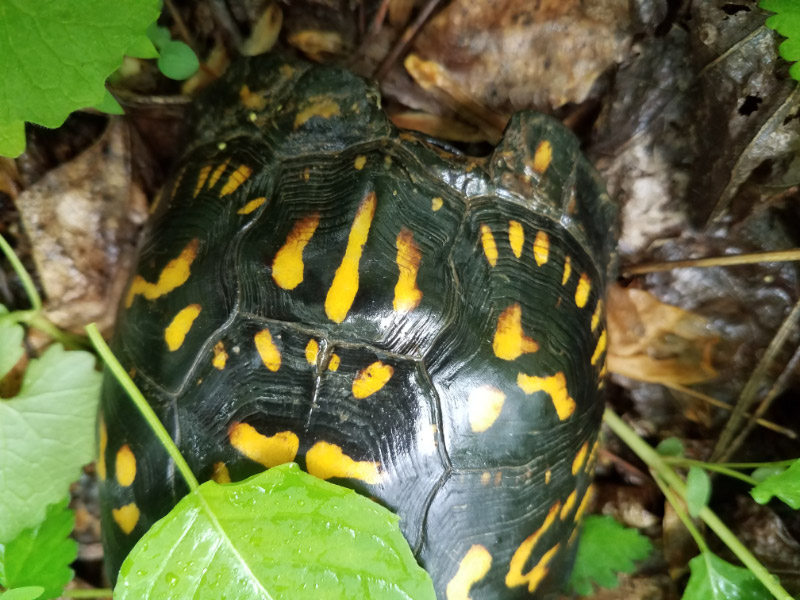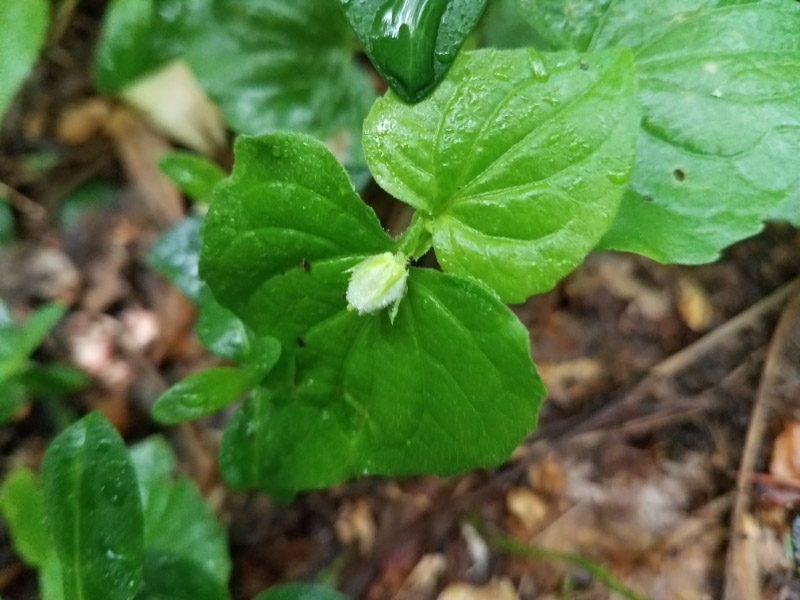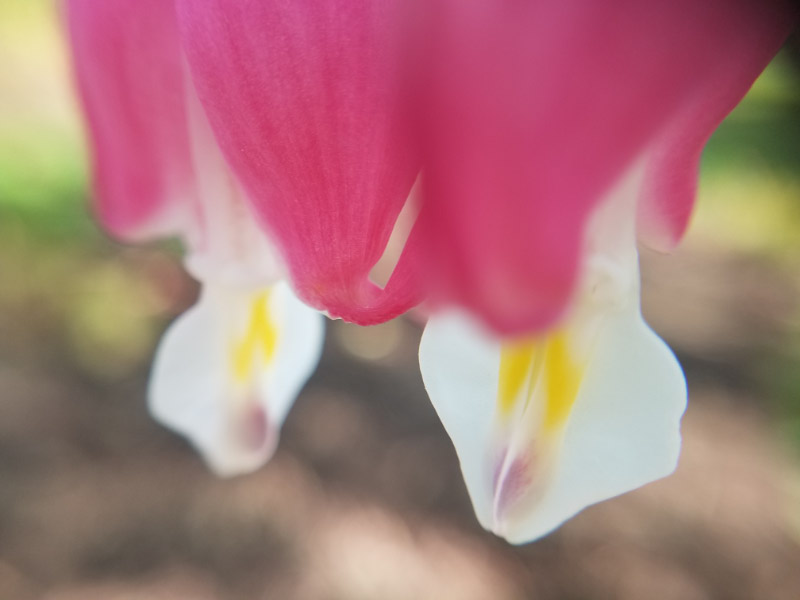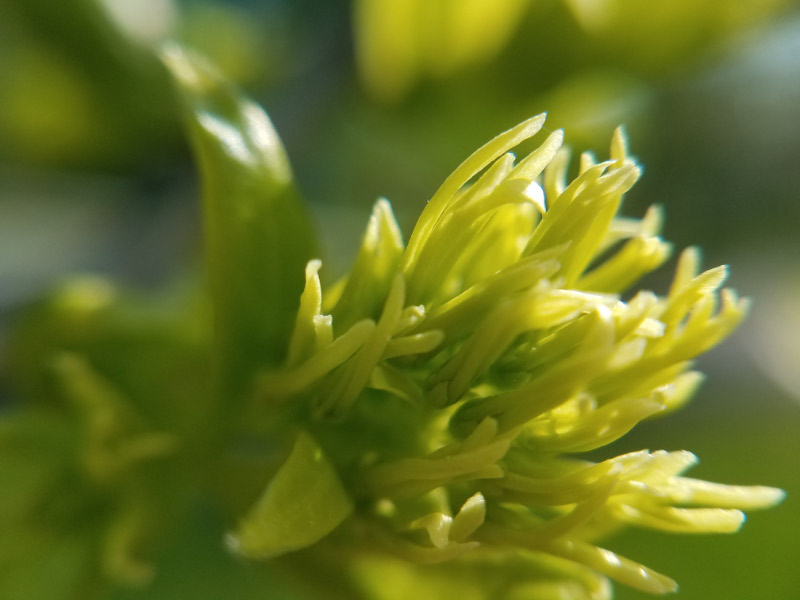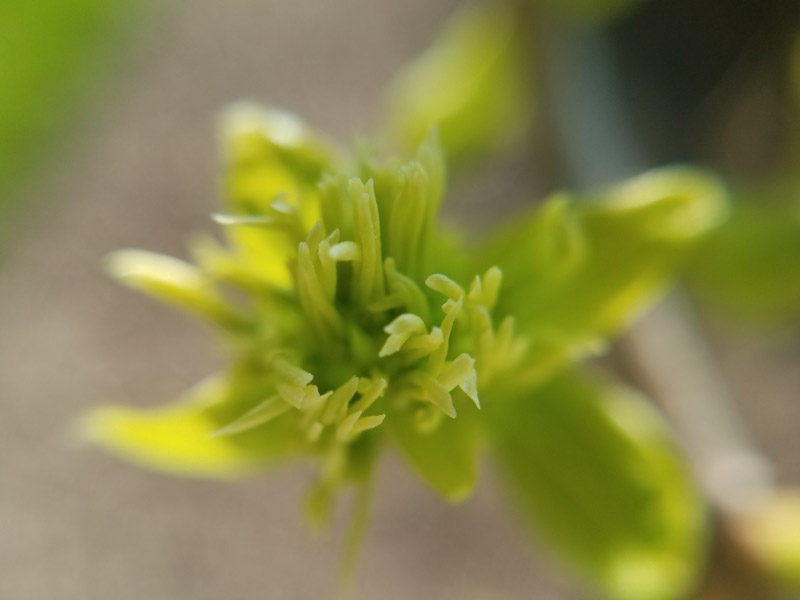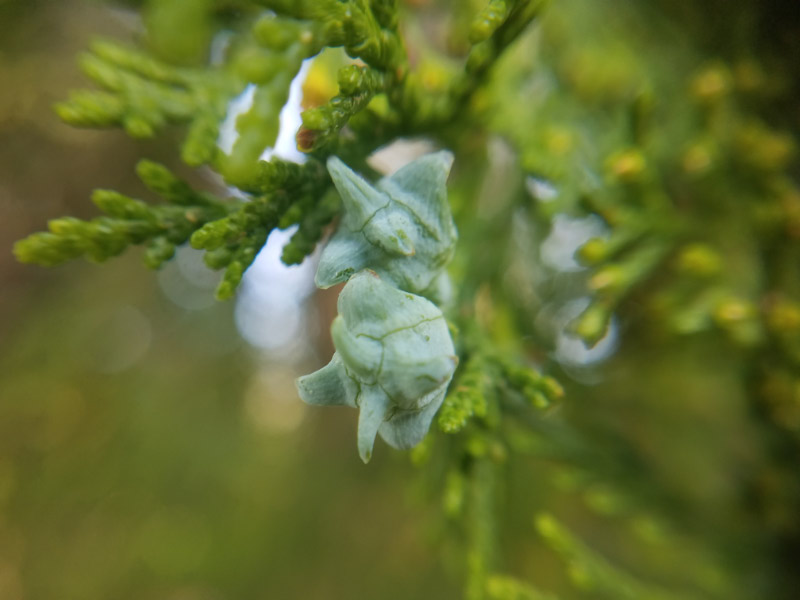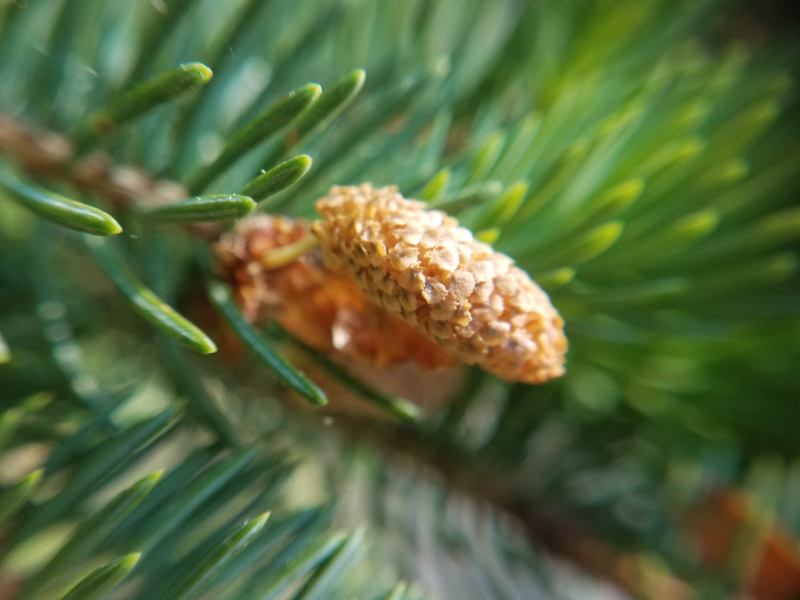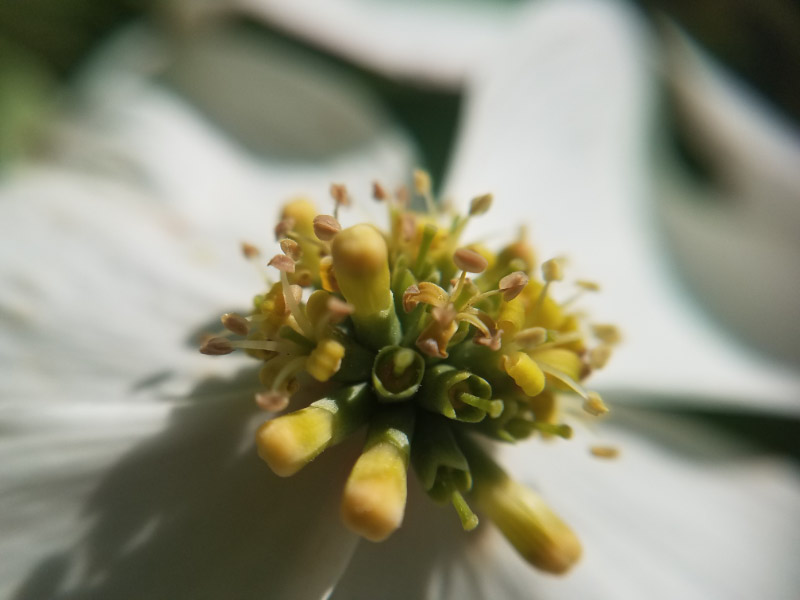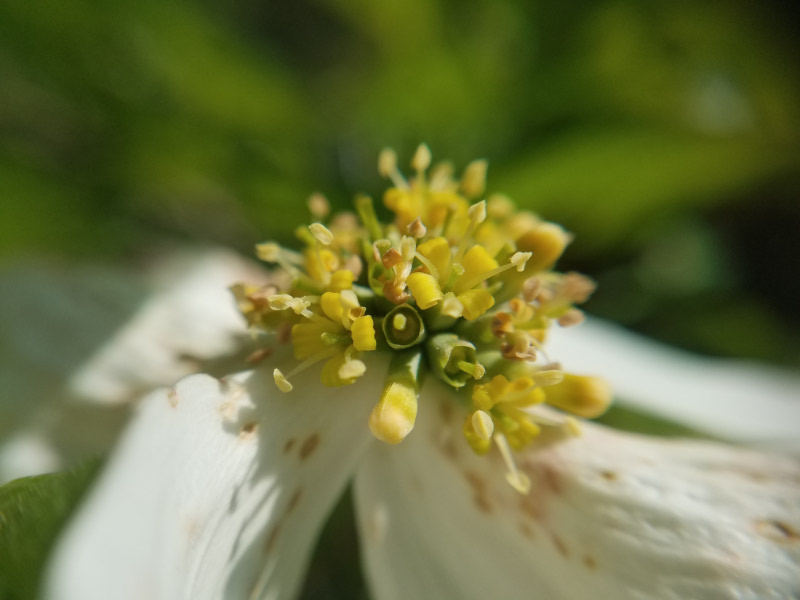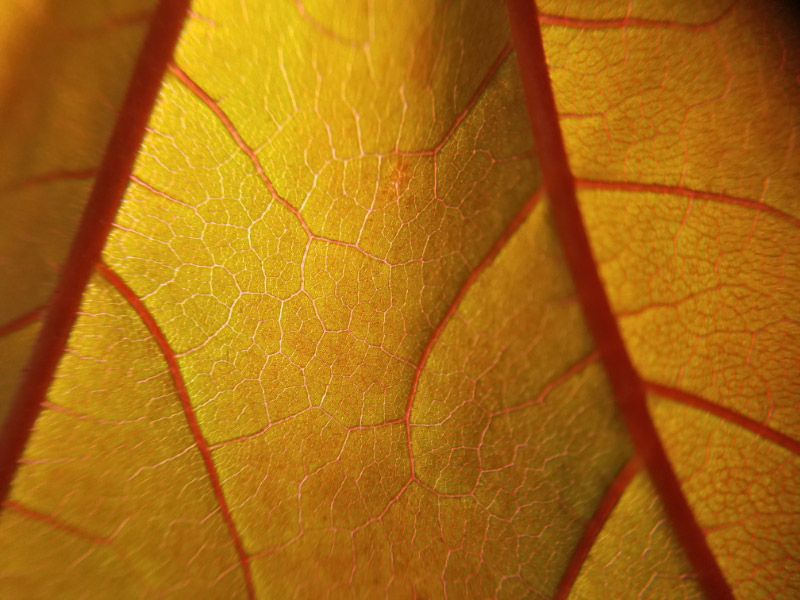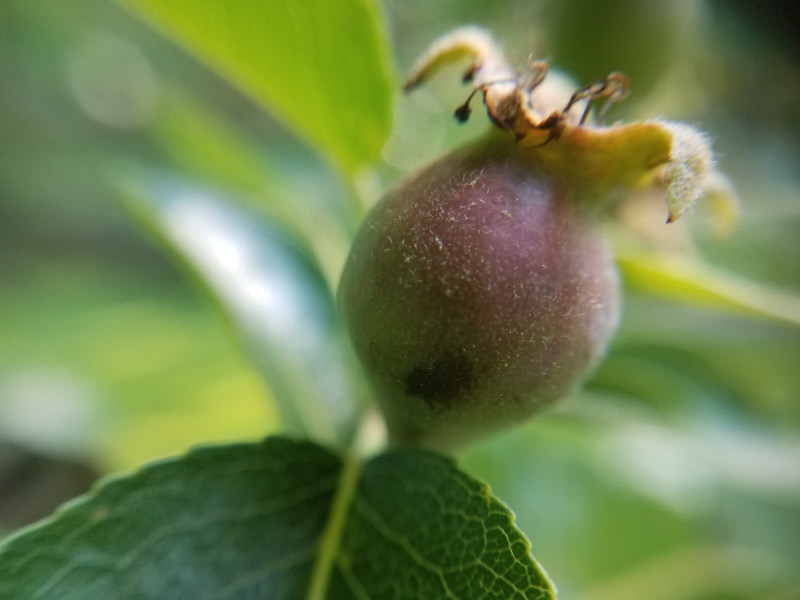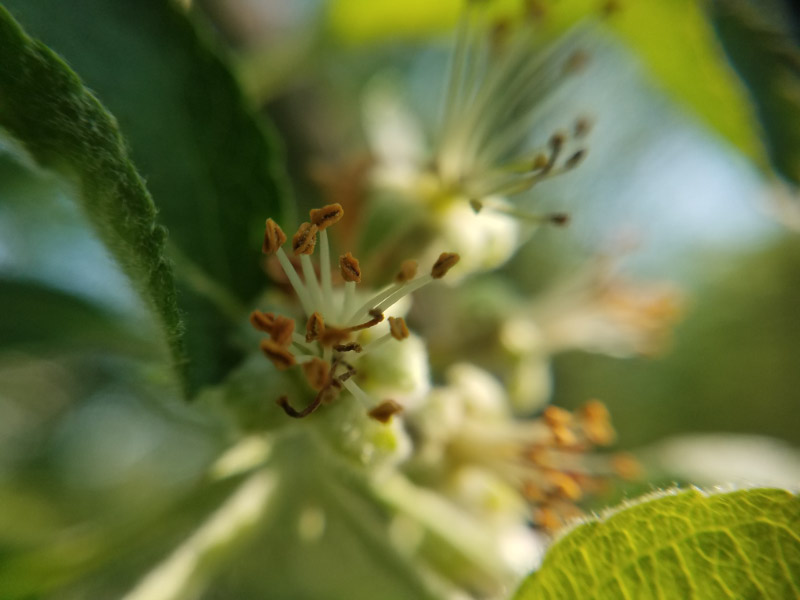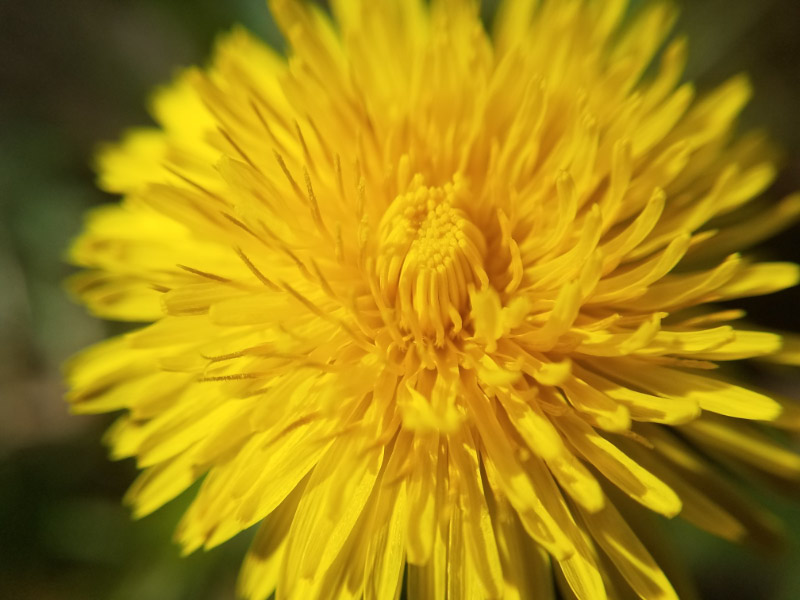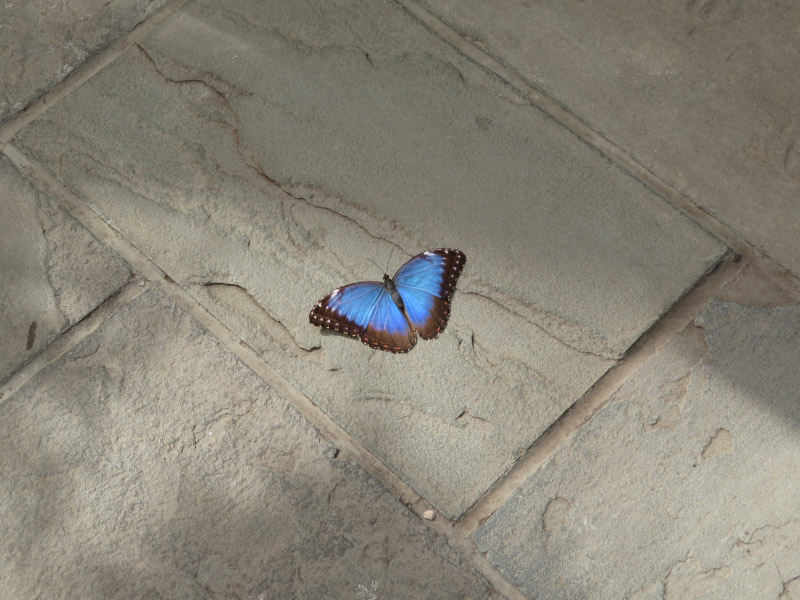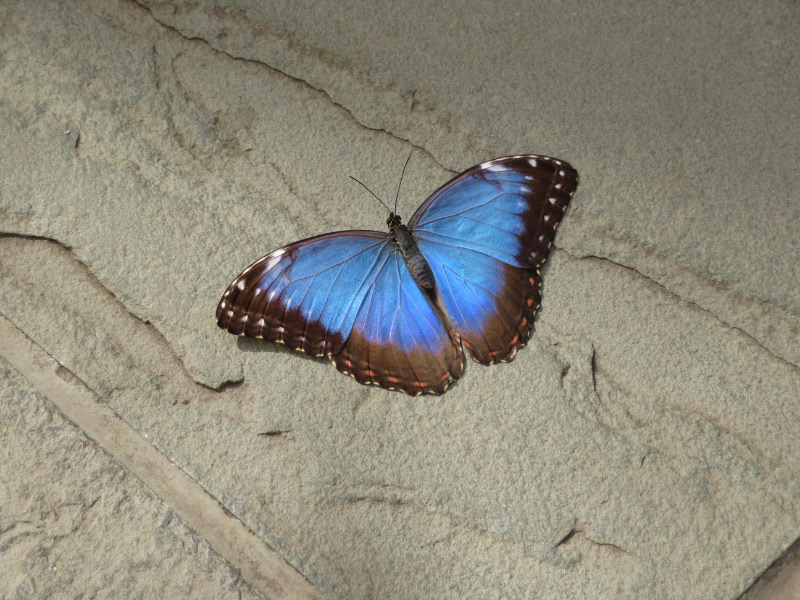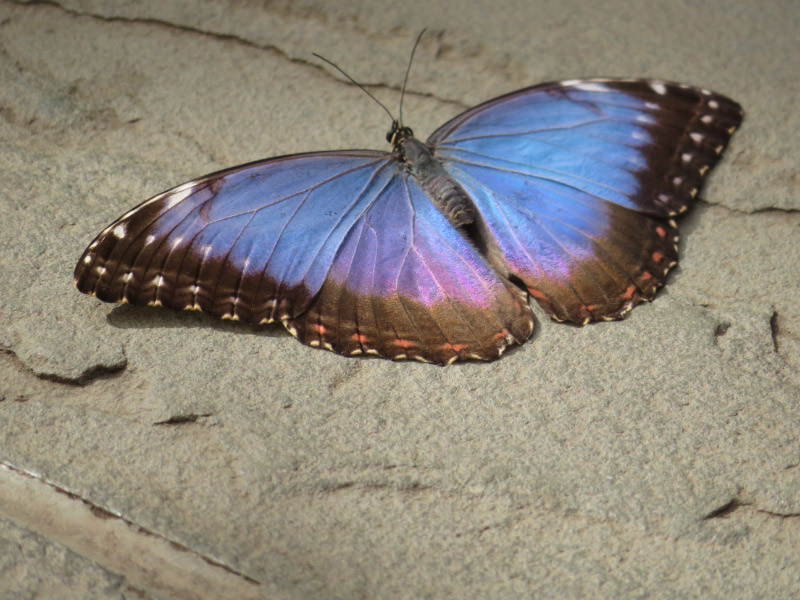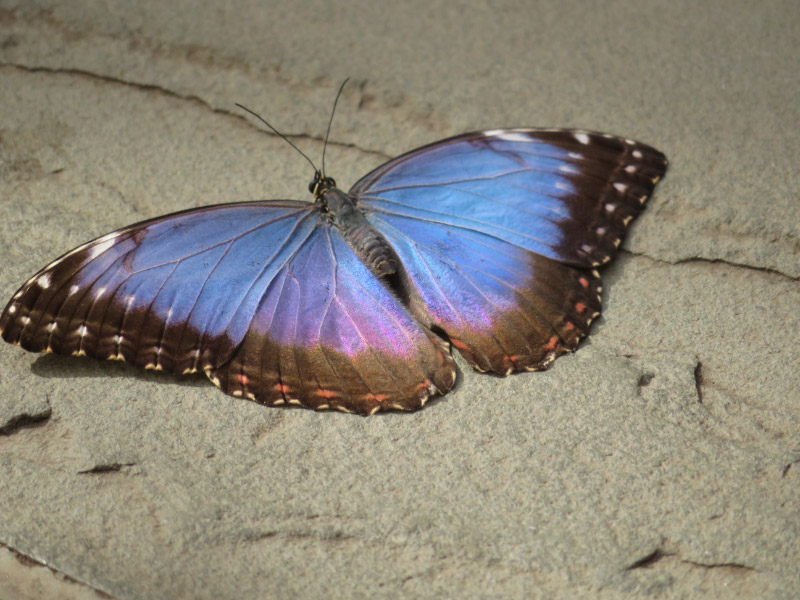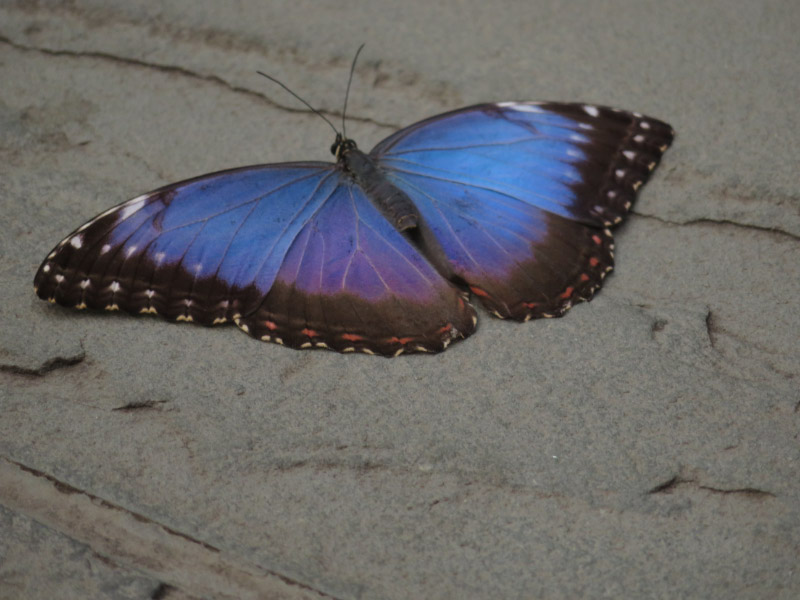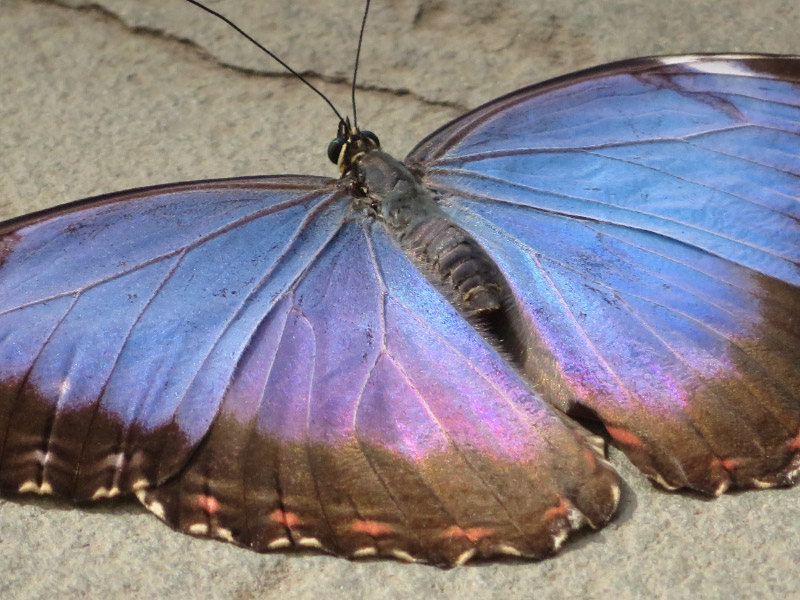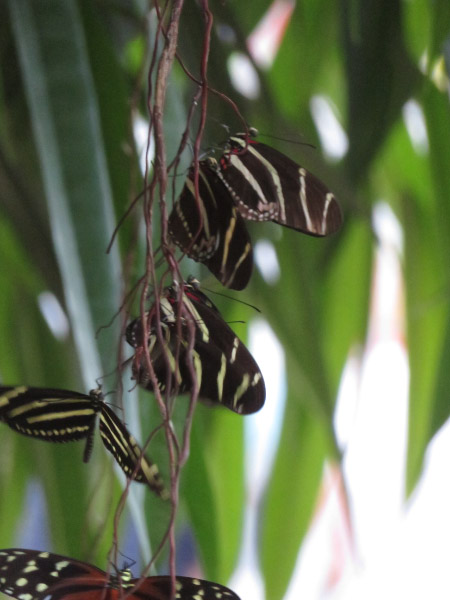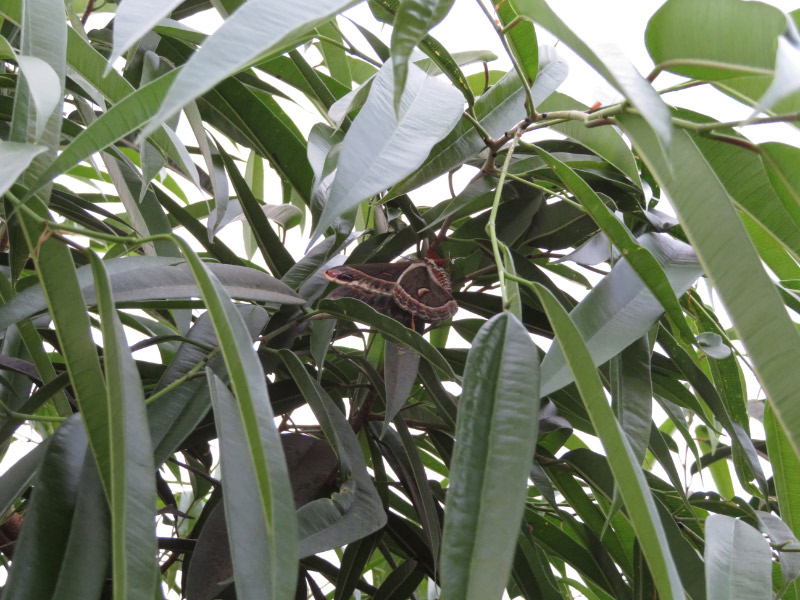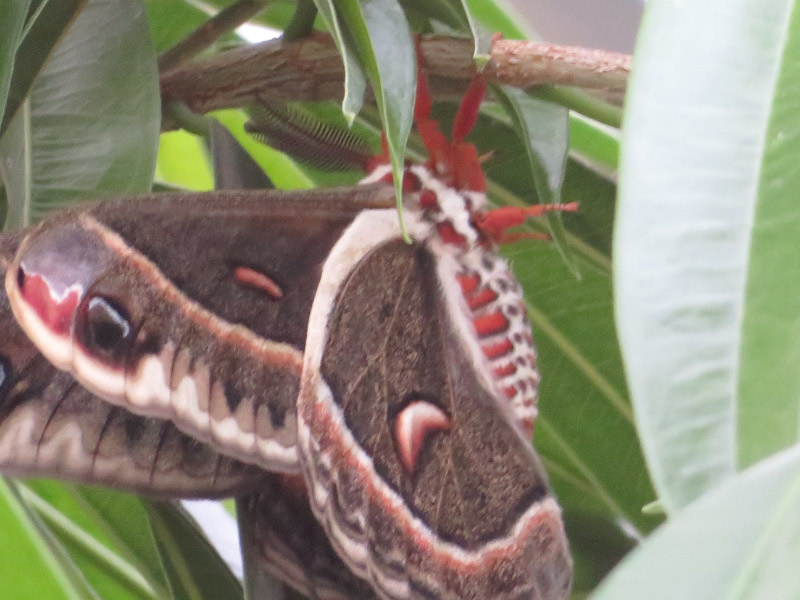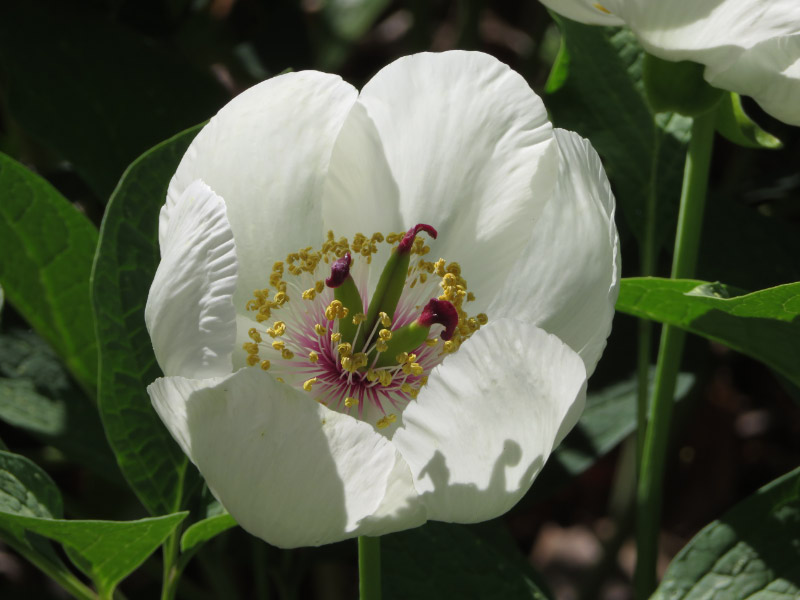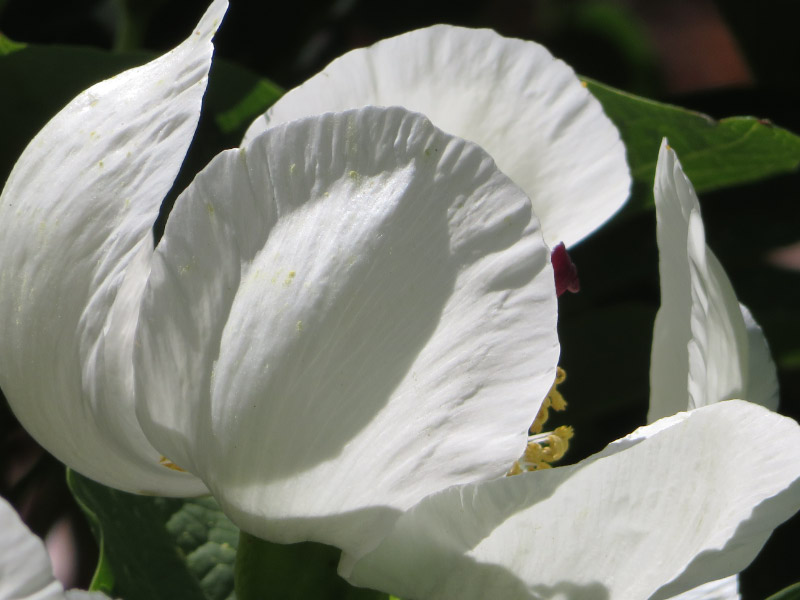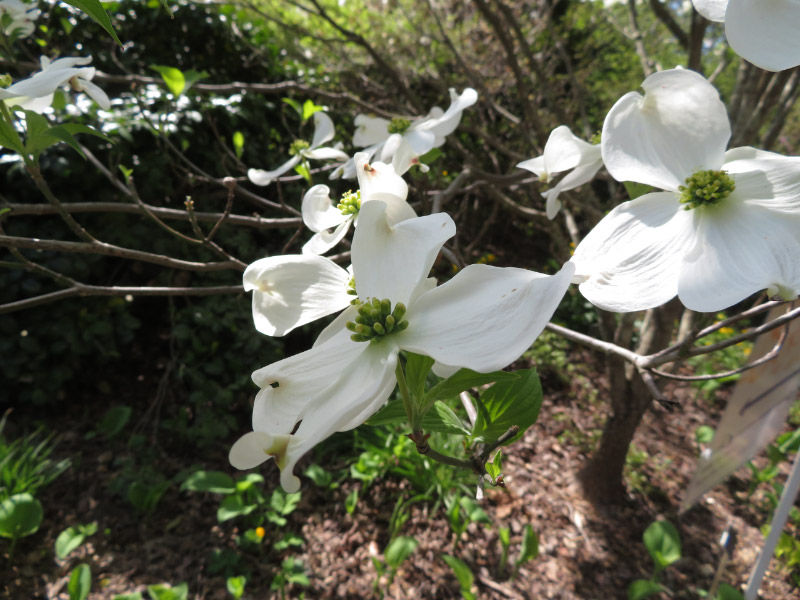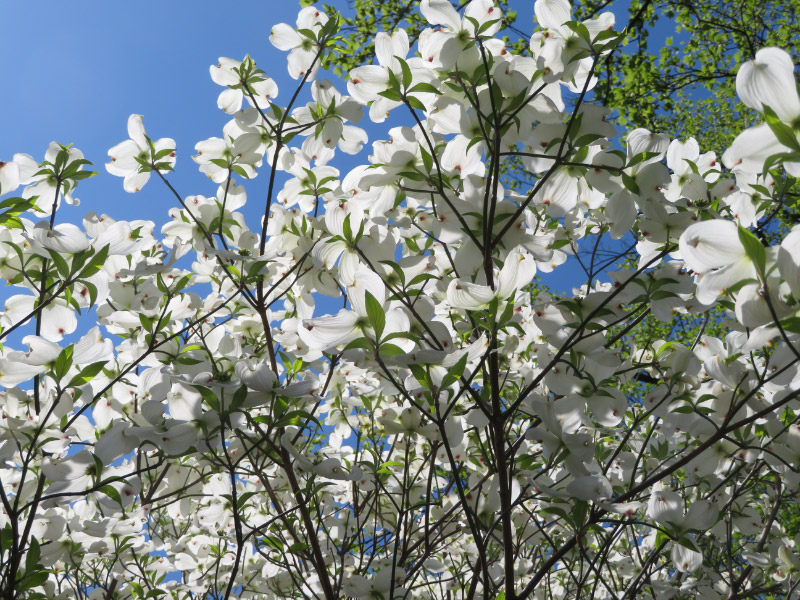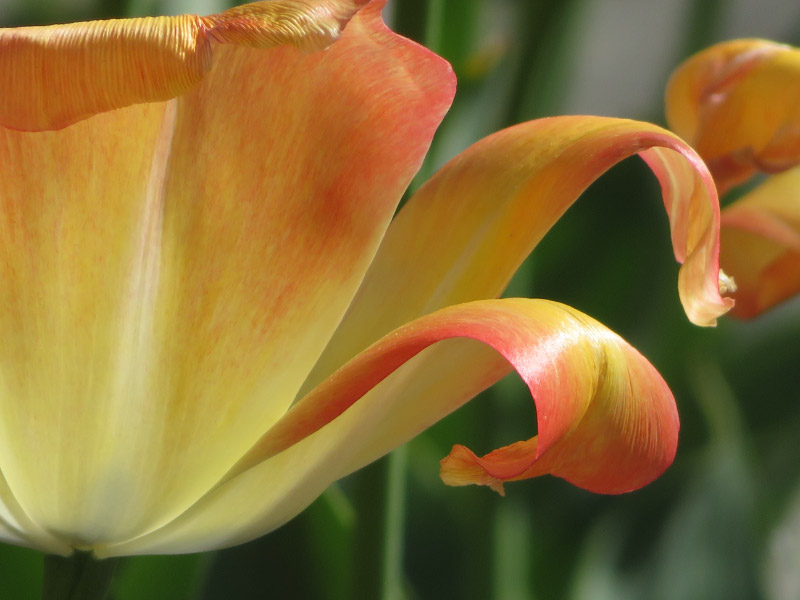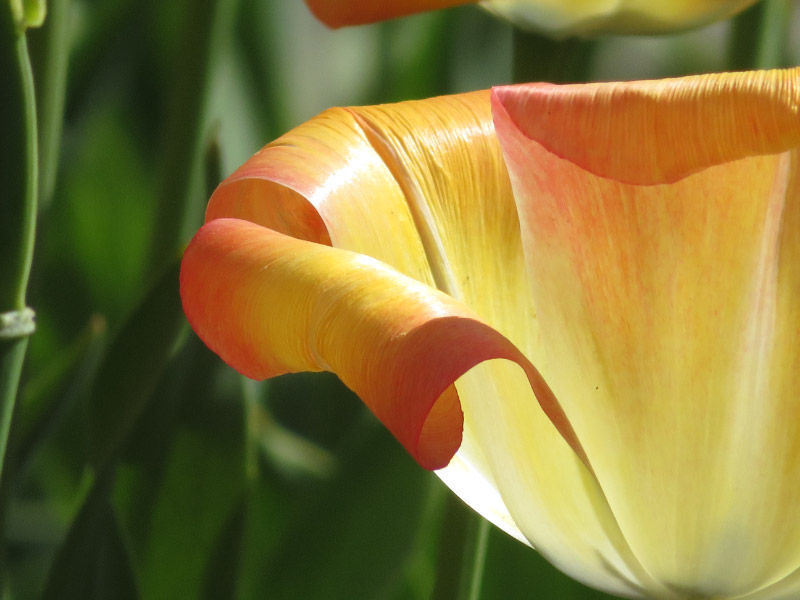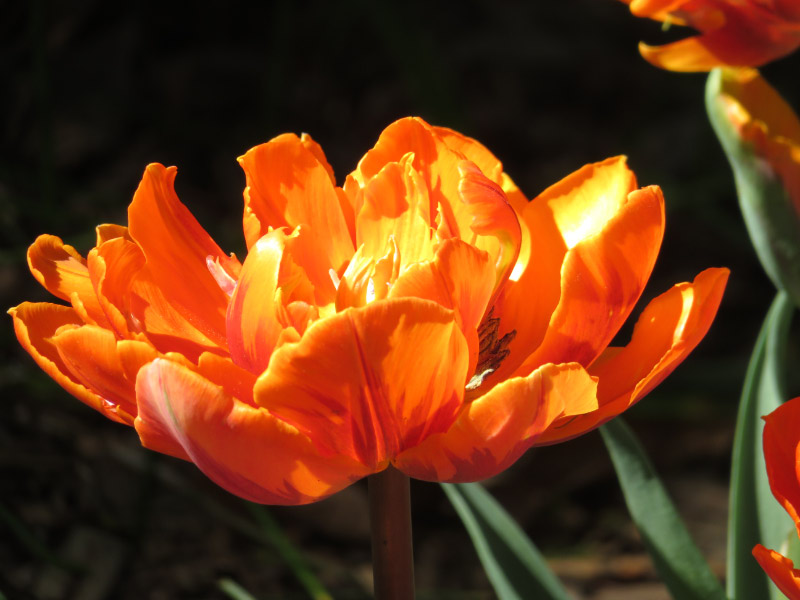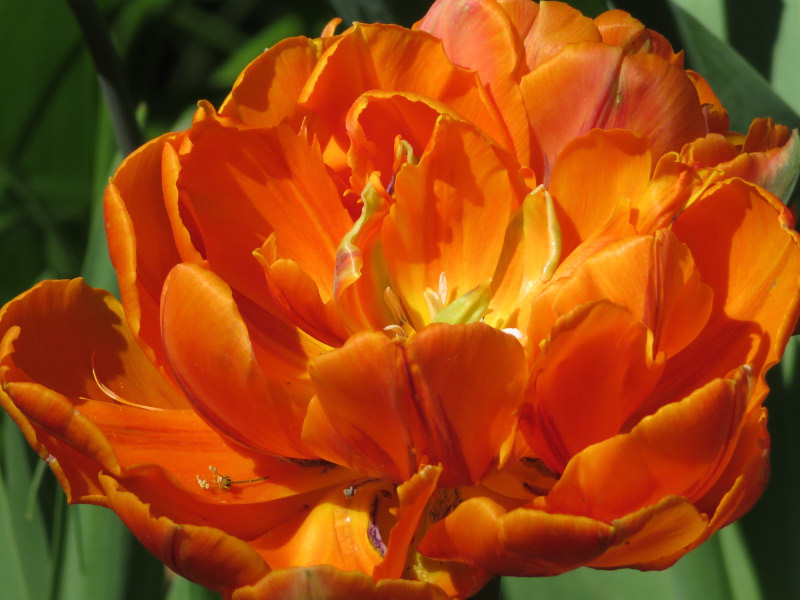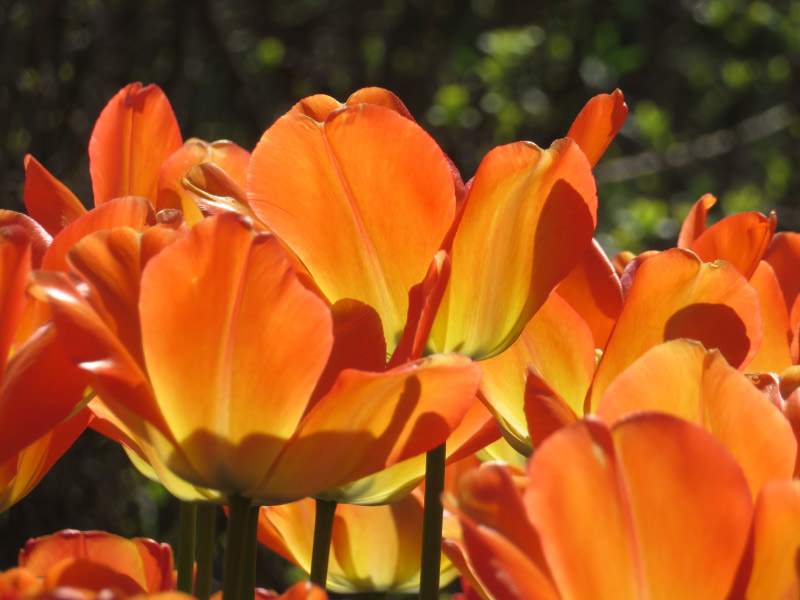The items below were ‘the cream’ of the articles and websites I found this past week. Click on the light green text to look at the article.
The Secret Science of Shell Seeking – Shells and Sanibel, Florida. Hopefully the sea will not become so acidic that shellfish become less numerous over time.
Old sea ice continues disappearing from the Arctic Ocean | NOAA Climate.gov – Quite a difference in the amount of old sea ice between 1984 and 2018. It’s tough to be a polar bear or any other creature that depends on sea ice.
The secret to honing kid’s language and literacy -- ScienceDaily – Children need enough sleep, playing games, and time without distractions in the background as well as having books read to them…to encourage language and literacy development.
Compound Interest - The chemistry behind how dishwashers clean – The post didn’t address why glass becomes etched by dishwashers over time…so I was a little disappointed. Otherwise, seemed to cover the bases.
Twin Satellites Map 14 Years of Freshwater Changes: Image of the Day – Analysis of observations from multiple satellites to determine where freshwater is changing on Earth. One of the sources of data was GRACE (Gravity Recovery and Climate Experiment) that collected data through 2017. The follow-on was launched this past week (on May 22) - Meet NASA’s New Dynamic Duo: A Pair of Climate Change-Tracking Satellites | Smart News | Smithsonian
Fox Photos Capture the Diverse Personalities of the Wild Animals – We occasional see fox around – entering or leaving the forest behind our house. I’ve never managed to photograph one.
BBC - Future - Pain bias: The health inequality rarely discussed – I’m glad I am healthy….but wonder what will happen if I ever do need medical attention. This post is part of series from BBC Future about how men and women experience the medical system differently.
Climate change broadens threat of emerald ash borer -- ScienceDaily – Here in Maryland, our ash trees are dying now. Many have been cut down this year.
Buyer beware: Some water-filter pitchers much better at toxin removal: Study finds some purifiers remove twice the microcystins from risky water -- ScienceDaily – Evidently the slower filters (and often more expensive) do a better job.
Thomas Jefferson and the telegraph: highlights of the U.S. weather observer program | NOAA Climate.gov – A little history of weather observations in the US….the earliest being in the 1640s. Thomas Jefferson bought his first thermometer about the time he wrote the Declaration of Independence and his barometer about the time he signed it….and maintained records until 1816. George Washington also took regular observations….the last entry being the day before he died.














